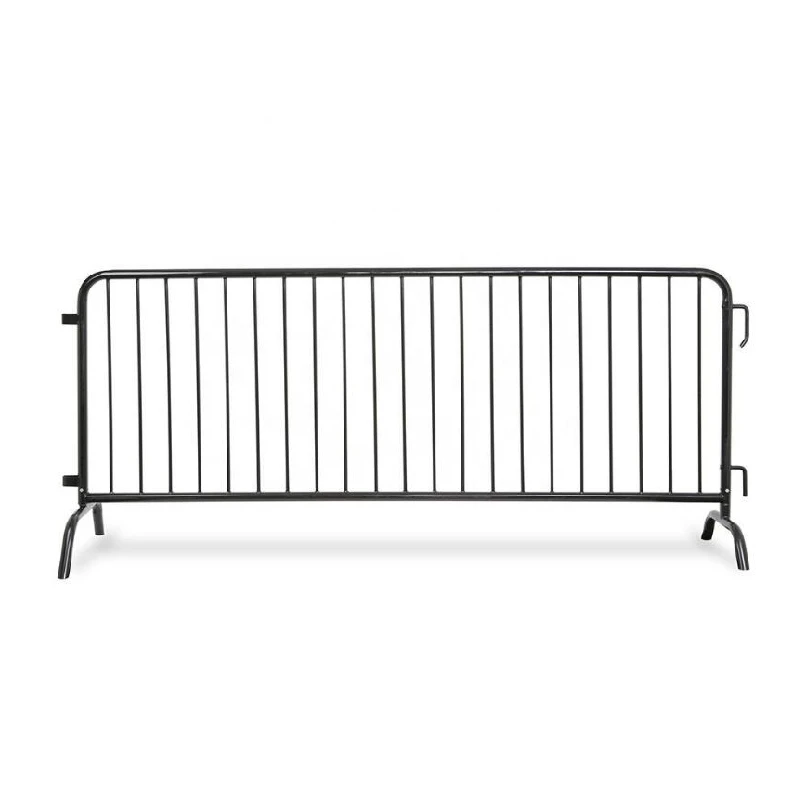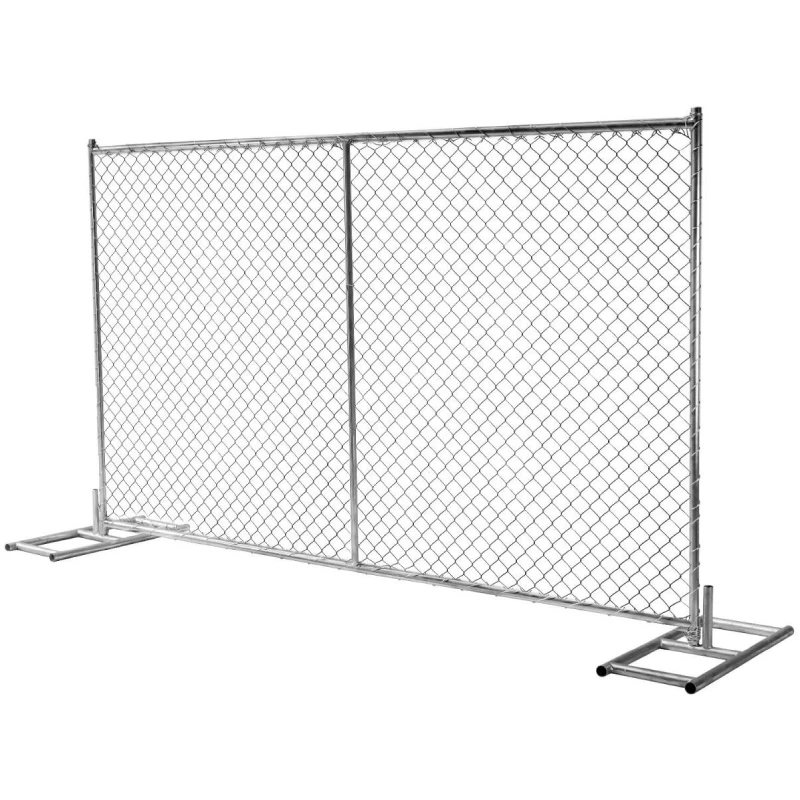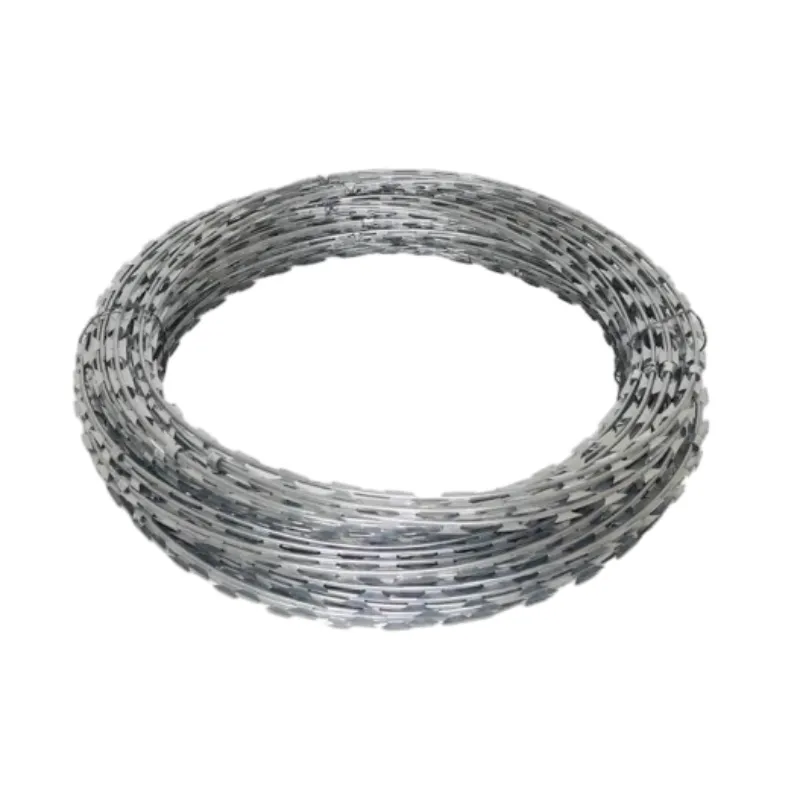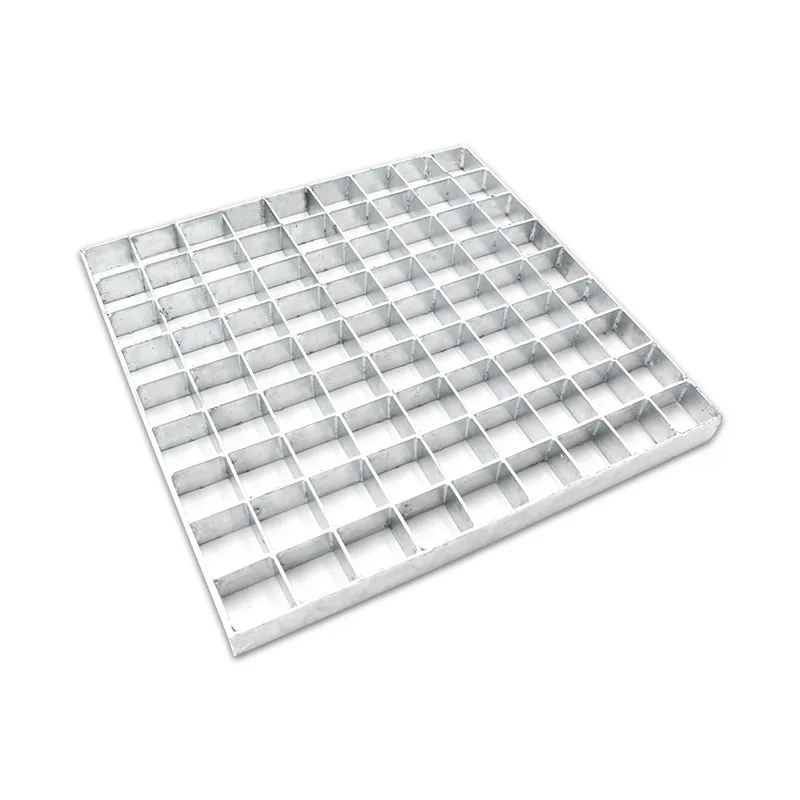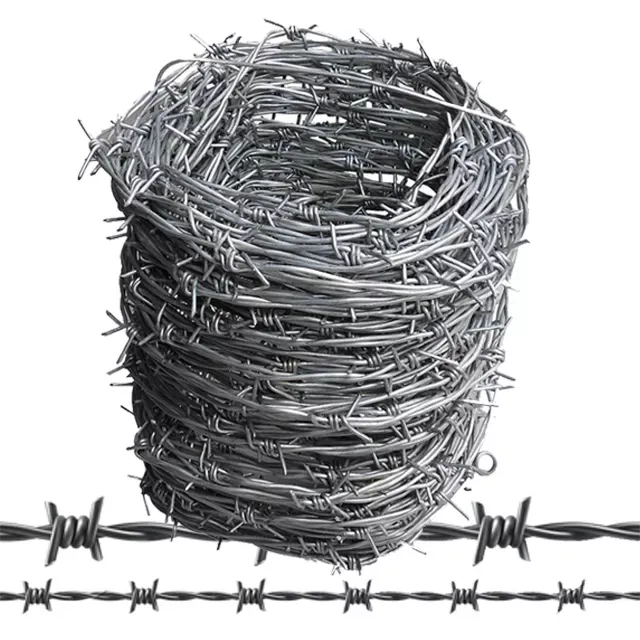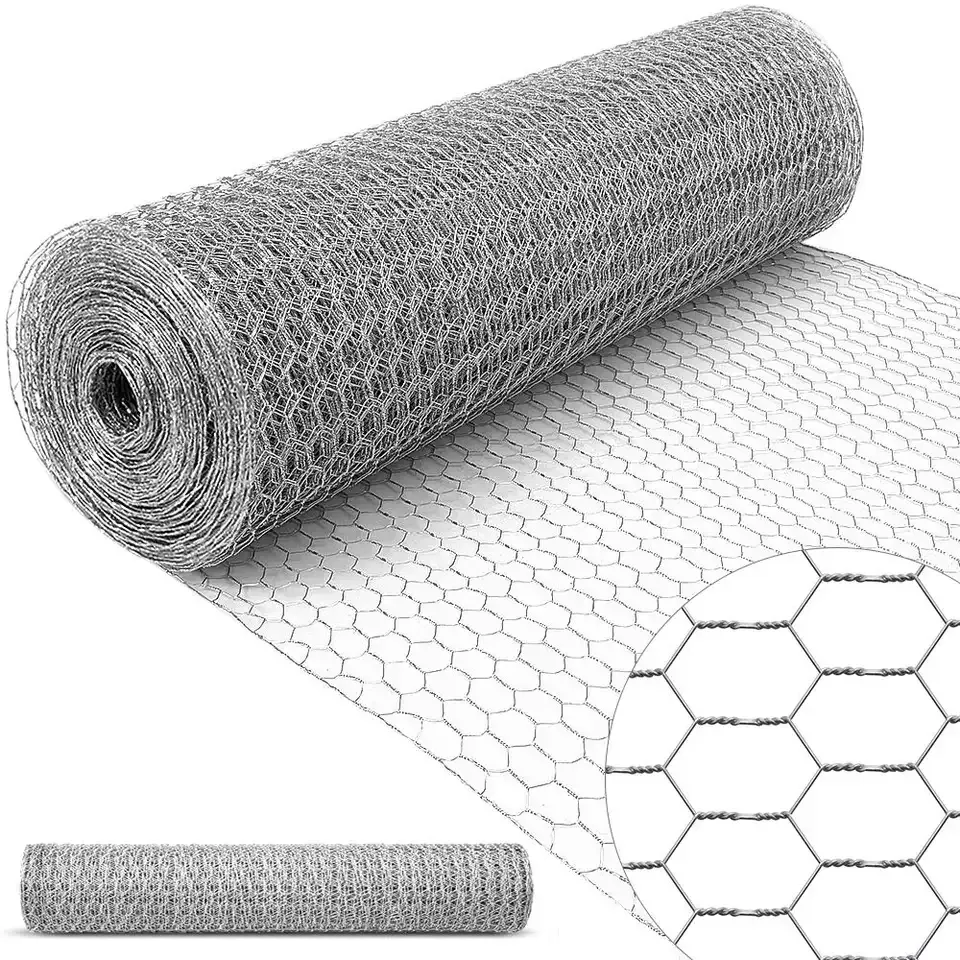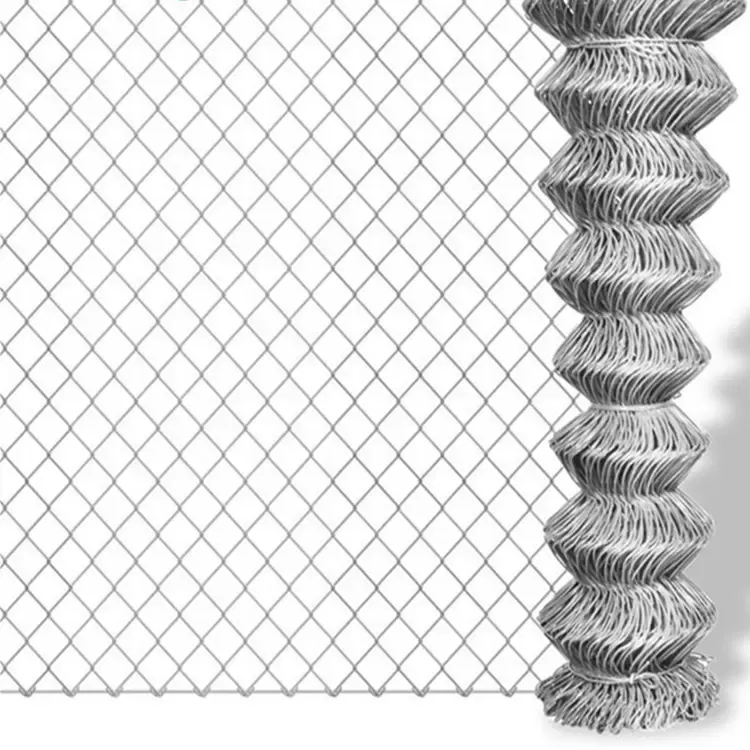
- Afrikaans
- Albanian
- Arabic
- Armenian
- Azerbaijani
- Basque
- Belarusian
- Bengali
- Bosnian
- Bulgarian
- Croatian
- Czech
- Danish
- Dutch
- English
- Esperanto
- Estonian
- Finnish
- French
- Galician
- Georgian
- German
- Greek
- hawaiian
- Hindi
- Hungarian
- Indonesian
- irish
- Italian
- Lao
- Latvian
- Lithuanian
- Luxembourgish
- Macedonian
- Maltese
- Myanmar
- Norwegian
- Polish
- Portuguese
- Romanian
- Russian
- Serbian
- Slovak
- Somali
- Spanish
- Swedish
- Thai
- Turkish
- Turkmen
- Vietnamese
Jul . 06, 2025 06:30 Back to list
High-Quality Building Site Security Fencing Panels for Sale Durable Site Fencing Solutions
- Introduction to building site security fencing panels
and their importance - Key Technological Advantages of Modern Security Fencing Solutions
- Industry Manufacturers Comparison with Data Analysis
- Customized Solutions for Distinct Project Requirements
- Case Studies: Real-world Applications in Various Environments
- Maintenance, Longevity, and Regulatory Considerations
- Conclusion: Selecting Optimal building site security fencing panels for Long-Term Protection
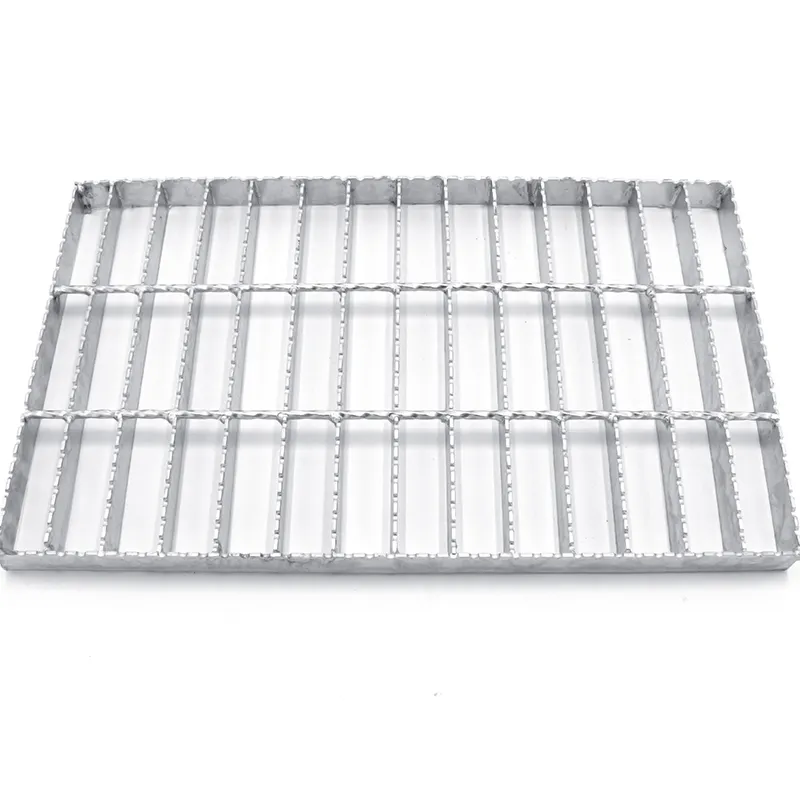
(building site security fencing panels)
Enhancing Safety with Building Site Security Fencing Panels
Construction environments are highly dynamic, demanding rigorous safety and security measures to mitigate risks. Building site security fencing panels have therefore become synonymous with efficient site management and regulatory compliance. According to the National Safety Council, construction-related theft and vandalism contribute to annual losses exceeding $1 billion in the US alone. Deploying robust security fencing mitigates unauthorized access, reduces project delays due to intrusion, and helps avoid penalties from regulatory non-compliance. These fencing solutions also create clear project demarcations and are increasingly vital due to increased urbanization and higher density on job sites. Not surprisingly, over 90% of leading contractors now cite temporary security fencing as a mandatory provision on new developments. The industry standard has moved toward modular, quick-install panels offering flexibility and robust physical presence.
Technological Advancements in Security Fencing Systems
Modern building site security fencing incorporates advancements far beyond traditional mesh or wooden barriers. Contemporary panels leverage welded wire mesh, anti-climb features, and galvanized or powder-coated finishes to maximize durability and resistance to tampering. Research shows that zinc-coated panels can withstand corrosive environments 2.5 times longer than untreated steel, ensuring longevity even on protracted projects.
Furthermore, quick-connect installation systems and modular designs streamline deployment, reducing labor costs by up to 30% compared to legacy systems. For advanced security requirements, integrated detection sensors and CCTV mountings are increasingly prevalent. Lightweight aluminum frames are entering the market, offering ease of transport without compromising on strength: tests show that these alloys can deliver equivalent rigidity with half the weight, optimizing both logistics and on-site flexibility.
Compliance with EN 13374 and OSHA 1926.502 standards raises the reliability threshold across international projects. As a result, asset protection, workforce safety, and seamless access management are more technologically secure and cost-effective than ever before.
Comparative Analysis of Leading Manufacturers
Selecting a supplier for building site fencing for sale involves weighing multiple factors: material lifespan, system adaptability, ease of installation, and total cost of ownership. Below is a comparative data table featuring three prominent global manufacturers. This evaluation is based on independent testing and industry feedback from the past two years.
| Manufacturer | Panel Lifespan (years) | Anti-Climb Feature | Installation Time (meters/hour) | Integrated Technology Options | Average Price (USD per meter) |
|---|---|---|---|---|---|
| SecurePerimeter Solutions | 15 | 4-point welded mesh | 28 | Sensors, CCTV brackets | 34 |
| BuildSafe Panels Ltd. | 12 | V-mesh pattern | 22 | Standard / optional upgrades | 30 |
| FortiGuard Fencing | 18 | Double horizontal bars | 26 | Integrated alarms, app monitoring | 39 |
Analysis reveals that FortiGuard Fencing, while commanding a premium, offers the longest lifespan and advanced technology, making it ideal for high-value or extended duration projects. SecurePerimeter provides a balance between price and features, suitable for standard commercial developments, while BuildSafe Panels targets cost-sensitive clients with reliable but less feature-rich fencing.
Tailored Solutions for Varied Construction Needs
No two construction sites are identical, and clients demand customization to address unique threats and operational workflows. Leading vendors offer bespoke solutions encompassing different panel heights (from 1.8m to 2.4m), variable mesh apertures, and custom branding options for on-site visibility.
Clients working in high-risk urban environments often opt for anti-cut panels and tamper-proof fastenings, while rural projects prioritize wildlife exclusion barriers or integrated privacy screening. Large infrastructure projects typically require heavy-duty galvanized frames and access control gates for plant and personnel. Logistics frequently dictate panel modularity, with many firms requesting corner adaptors, debris screens, and wind load engineering.
Collaborative planning with suppliers enables optimal alignment of fencing security, durability, and aesthetic branding. For contractors managing multiple sites, this tailored approach delivers significant reductions in both theft incidents—by as much as 70%—and operational overhead, thanks to optimized delivery scheduling and simplified assembly.
Application Case Studies: Diverse Industry Implementations
The practical benefits of advanced site security fencing are vividly illustrated across multiple sectors:
1. Urban Redevelopment: A 12-month regeneration project in a major city center utilized powder-coated panels with integrated CCTV arms, reducing unauthorized access incidents from 17 to just 1 over the project duration.
2. Power Plant Construction: On a greenfield energy site, double bar panels with acoustic screening mitigated community noise complaints by 50%. The system’s flexibility allowed rapid reconfiguration as the project footprint evolved.
3. Public Infrastructure Expansion: Rail network expansion demanded anti-climb, high-visibility fencing to safeguard both the workforce and the public. Custom lockable access gates provided segregated entry points for subcontractors and material deliveries.
4. International Logistics Hub: Here, heavy-duty galvanized solutions provided perimeter resilience against vehicle impact and capability for integrated RFID personnel checkpoint modules.
These case studies highlight how the correct fencing panel selection, tailored to each project’s specific risks and logistics, plays a direct role in elevated safety, cost control, and stakeholder confidence.
Maintenance, Longevity, and Regulation
Beyond initial acquisition, the operational phase of a security fencing system presents critical factors affecting value. Galvanized panels require infrequent maintenance, with coatings guaranteeing at least 10 years of corrosion resistance in harsh weather conditions. Powder-coated finishes, while offering superior appearance and branding, may necessitate periodic touch-ups in high-impact zones.
Regular inspections are essential, with best practices dictating monthly assessments for structural damage, fastener integrity, and surface wear. Field data from European contractors indicates that sites adhering to predictive maintenance protocols experienced a 60% reduction in emergency repairs compared to reactive-only approaches.
Compliance remains a cornerstone; regional construction safety regulations (such as OSHA or HSE standards) frequently update their barrier requirements. Ensuring correct panel height, access control, and visibility markings is thus indispensable for continued legal operation and insurance coverage.
Conclusion: Making the Right Choice in Building Site Security Fencing Panels
Investing in the right building site security fencing panels is a critical determinant of project success, risk mitigation, and regulatory adherence. By leveraging technological innovations, rigorous supplier analysis, and tailored customization, construction stakeholders are empowered to secure sites against both everyday and extraordinary threats. The ongoing evolution of materials science, integration of smart detection, and growing efficiency of modular systems will continue propelling the industry forward. Ultimately, the most effective solution is one aligned to unique site demands, offering a balance of robust security, ease of deployment, and lifecycle cost efficiency. Site managers should thus treat fencing as a strategic asset—carefully evaluated, professionally installed, and proactively maintained for the long term.

(building site security fencing panels)
FAQS on building site security fencing panels
Q: What are building site security fencing panels?
A: Building site security fencing panels are temporary barriers designed to protect construction sites from unauthorized access. They are durable, easy to install, and can be moved as needed. These panels help ensure the safety of both workers and the public.Q: Why is building site security fencing important?
A: Building site security fencing prevents theft, vandalism, and accidents by restricting entry to the site. It also helps meet legal safety requirements. Using such fencing panels improves overall site management.Q: What materials are used for building site security fencing panels?
A: Most building site security fencing panels are made from galvanized steel for strength and weather resistance. Mesh or solid steel options are commonly available. Some panels may also have anti-climb features.Q: Can I find building site fencing for sale in different sizes?
A: Yes, building site fencing panels come in various sizes to accommodate different site needs. Suppliers often provide customizable dimensions and styles. Always check availability with your vendor.Q: How do I install and remove building site security fencing panels?
A: Building site security fencing panels are designed for quick installation and removal, typically requiring no special tools. They are secured with couplers or clips and supported by sturdy bases. Most suppliers offer installation guides or services if needed.-
Why Welded Gabions Are Redefining Modern Landscape
NewsAug.18,2025
-
Padel Court for Sale
NewsAug.18,2025
-
Modern Open Gable Trellis System
NewsAug.18,2025
-
Guide to Durable and Efficient Fence Post Solutions
NewsAug.18,2025
-
Durable and Affordable Y Post Fence Solutions
NewsAug.18,2025
-
Construction Projects with Reliable Gabion Solutions
NewsAug.18,2025


